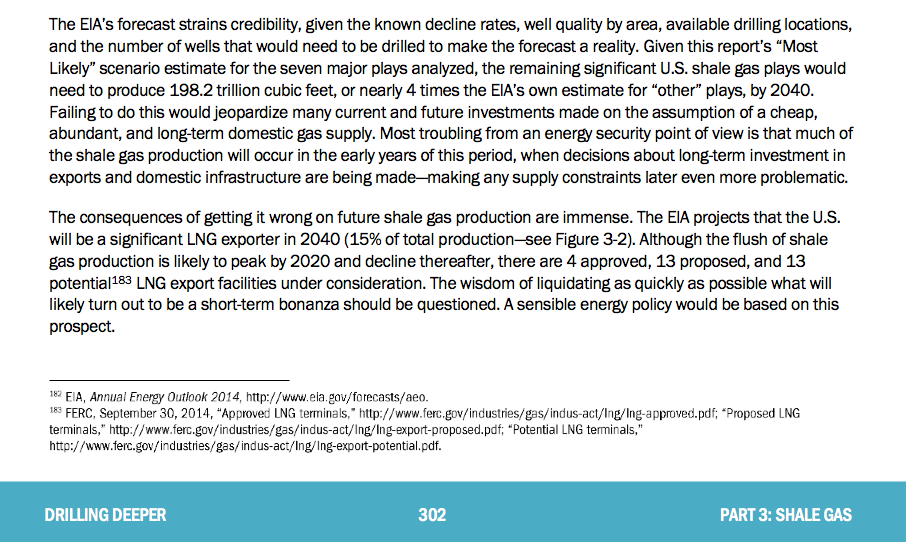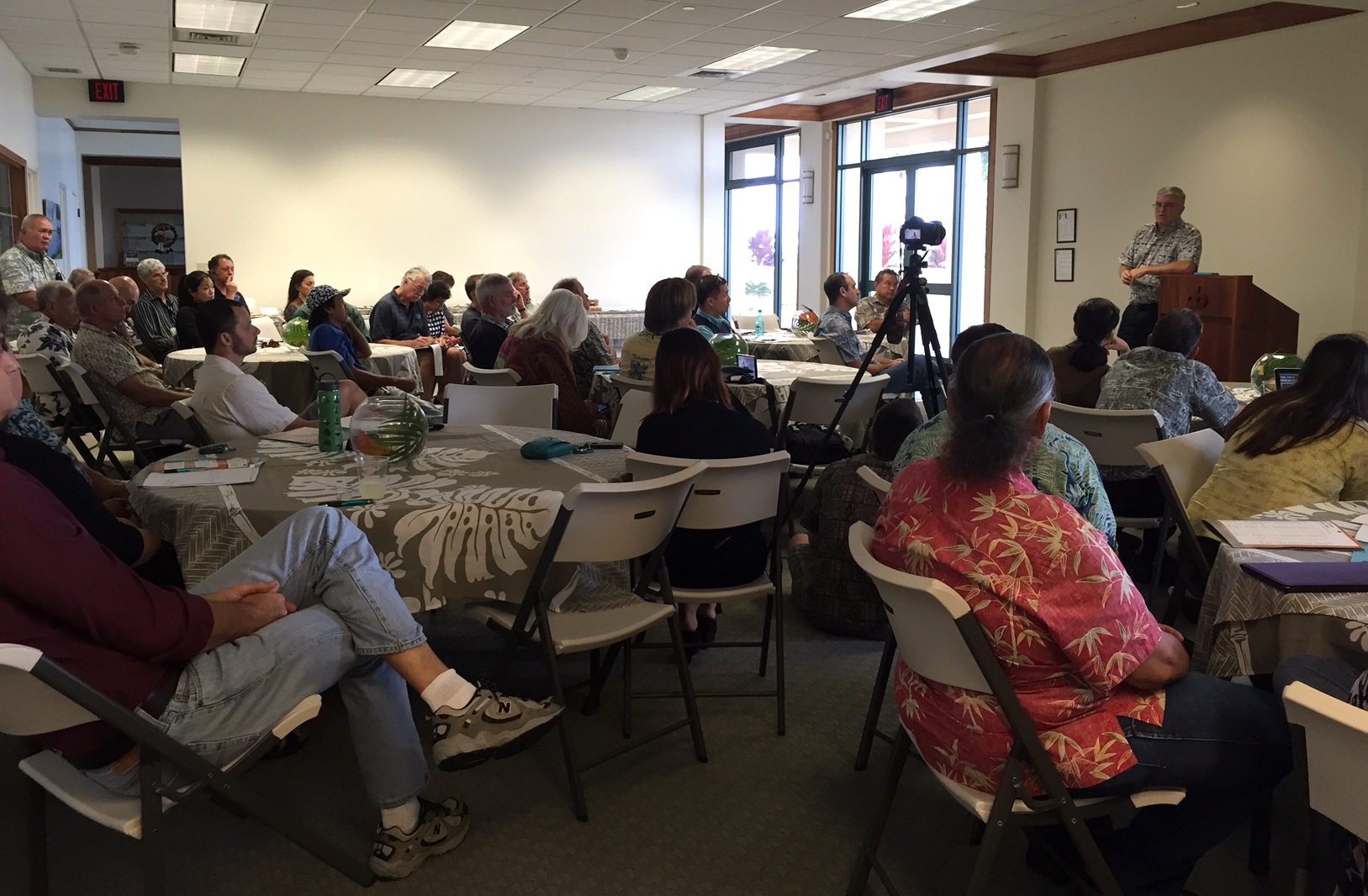Richard Ha writes:
Have you looked at the free Crash Course series I’ve been posting? It's from Chris Martenson's blog Peak Prosperity and it's excellent. This chapter by Adam Taggart is on “Peak Cheap Oil,” and you can watch the current video (19:30) or read this chapter.
Here’s a random bit I pulled from it, but it’s all this interesting:
In order to understand why oil is so important to our economy and our daily lives, we have to understand something about what it does for us.
We value any source of energy because we can harness it to do work for us. For example, every time you turn on a 100-watt light bulb, it is the same as if you had a fit human being in the basement pedaling as hard as they could to keep that bulb lit.
That is how much energy a single 100-watt light bulb uses. In the background while you run water, take hot showers, and vacuum the floor, it is as if your house is employing the services of at least 50 such extremely fit bike riders.
This “energy slave count” if you will, exceeds that of some kings in times past. It can therefore truly be said that we are all living like kings. Although we may not appreciate that because it all seems so ordinary that we take it for granted.
And how much ‘work’ is embodied in a gallon of gasoline, our most favorite substance of them all? Well, if you put a single gallon in a car, drove it until it ran out, and then turned around and pushed the car home you’d find out.
It turns out that a gallon of gas has the equivalent energy of 500 hours of hard human labor, or 12-and-a-half 40 hour work weeks.
So how much is a gallon of gas worth? $4 $10? If you wanted to pay this poor man $15 an hour to push your car home then we might value a gallon of gas at $7,500.
Here’s another example. It has been calculated that the amount of food that average North America citizen consumes in year requires the equivalent of 400 gallons of petroleum to produce and ship. At $4/gallon that works out to $1600 of your yearly food bill is spent on fuel, which doesn’t sound too extreme.
However, when we consider that those 400 gallons represent the energy equivalent of 100 humans working year round at 40 hours a week, then it takes on an entirely different meaning.
This puts your diet well out of the reach of most kings of times past. Just to put this in context, as it is currently configured, food production and distribution uses fully 2/3rds of our domestic oil production. This is one reason why a cessation of imports would be, shall we say, disruptive….
How easily could we replace the role of oil in our style of consumer-led, growth-based economy? Not very.
We currently use oil mainly for transportation, sitting at right around 70% of all oil consumption. The next biggest block is for industrial purposes followed by residential which means heating oil….
Biofuels and coal could potentially fill some of these functions but certainly not without a massive reinvestment program and not anytime soon….
Mostly hidden from us in plain sight is Key Concept #10: The amount of work that oil performs in service to the average person is equivalent to having hundreds of slaves….
The next key concept of the crash course is that oil is a magical substance of finite supply but of unlimited importance. This cannot be overstated.
Transitioning from one fuel source to another is a devilishly expensive proposition posing enormous challenges with respect to cost, scale and time.
Our species transitioned over many decades from wood to coal because coal was a better fuel source.
And we transitioned over several decades from coal to oil for the same reason. In both cases this happened because the new fuel source was plentiful, cheap, and higher-yielding in terms of energy output per unit of weight compared to the older fuel.
Nobody has been able to advance any candidates as our next source of transportation energy that is better than oil on all three counts.
A common pushback to this point is a firm belief many people hold that new technological breakthroughs will ride to our rescue here.
I’ll explain in a future chapter why this is very likely to prove a false hope.
All I’ll do here is remind you that technology is not a source of energy – it may well help us to better exploit our existing energy sources by extracting them more easily, or consuming them more efficiently – but technology can’t create energy for us.
Read the rest
Hawaii is no longer isolated from the rest of the world, and it’s important we know what’s going on out there. This isn’t rocket science, and there are going to be winners and losers.
We know that two-thirds of our economy is made up of consumer spending – so how about we set a goal of increasing the discretionary income of the rubbah slippah folks?
We can do this by advocating for cheaper electricity, and for affordable locally grown food close to home.
The Big Island’s electricity rates have been 25 percent higher than Oahu’s for as long as anyone can remember. And yet we “curtail,” or throw away, many megawatts of electricity every day.
Geothermally-generated electricity costs half that of oil, and the Big Island will be sitting over the “hot spot” for 500,000 to a million years. The flanks of Maunakea could hold as much geothermal heat as the entire East Rift. The Department of Hawaiian Home Lands (DHHL) sits on top of a large portion of that geothermal heat. If the DHHL chooses to act decisively, it could improve its beneficiaries’ lives, as well as the rest of ours, in unimagined ways.
The Big Island Community Coalition fights for lower cost electricity. Here is a Huffington Post article about one of its successes.
From a risk assessment point of view, the rising oil price is much more dangerous than perceived GMO dangers. Trillions of meals have been served without one negative incident that can be attributed to GMOs.
The reason we see so many young people hitchhiking nowadays is not because of environmental protest. It’s because of lack of jobs! The average age of farmers is getting older every year and it’s because young farmers are having a tough time making money.
Lower electricity rates will give farmers’ customers more discretionary income to support the farmers. Technology that helps farmers to farm will lower farmers’ costs. The effect of banning GMOs is to force farmers to rely more on oil for the production of food. We should know that this is a dangerous path and will not help future generations.
If we agree on our final destination, we can get ourselves to a place where our future generations are winners, and not losers.






